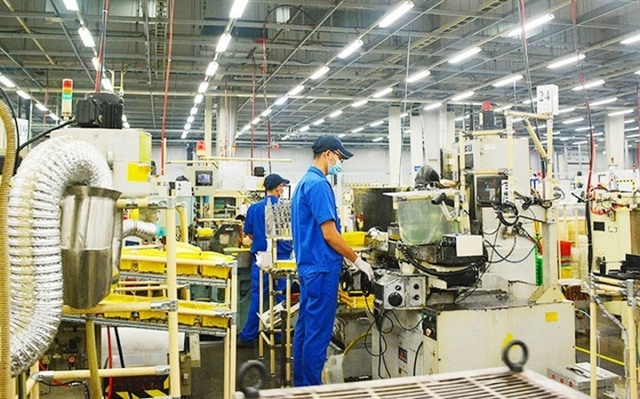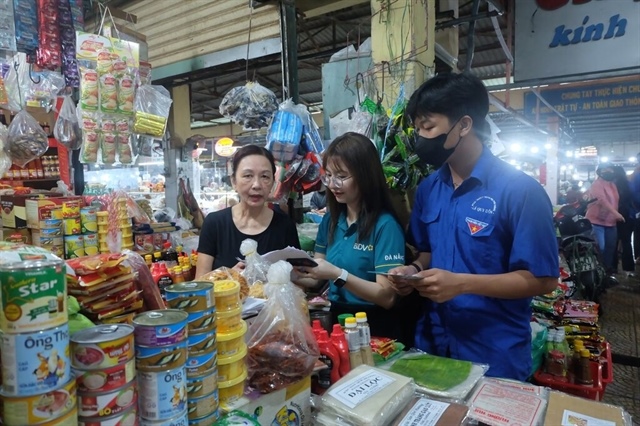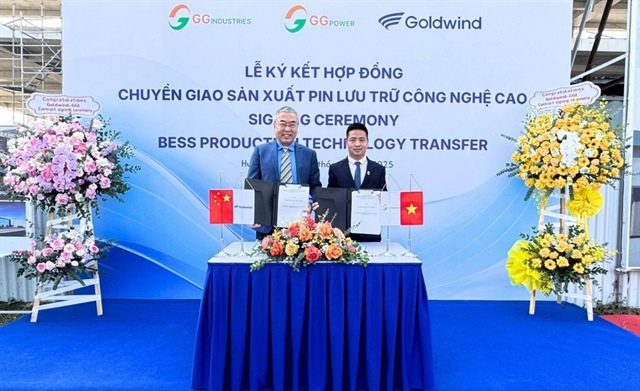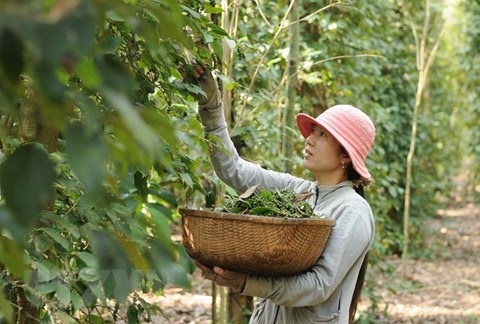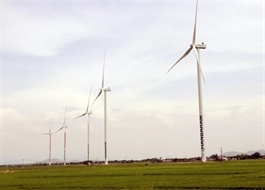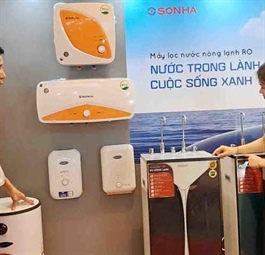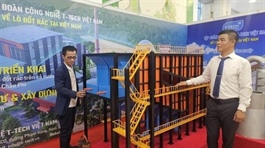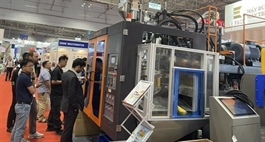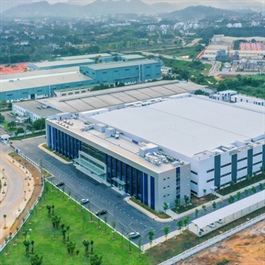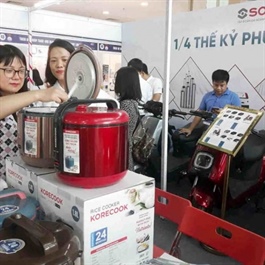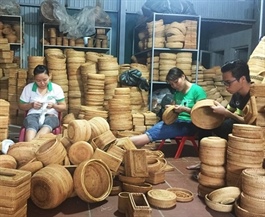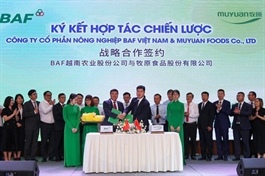Amending the Electricity Law is expected to remove bottlenecks for gas-fired and offshore wind power
Amending the Electricity Law is expected to remove bottlenecks for gas-fired and offshore wind power
The amendments being considered to the Electricity Law should remove bottlenecks and create a favourable environment for the development of gas-fired and offshore wind power projects, experts said at a conference on Wednesday.

Nhơn Trạch No 2 power project. The amendments underway are expected to remove the bottlenecks and create favourable environment for the development of gas-fired and offshore wind power projects. — VNA/VNS Photo Huy Hùng |
The development of green energy projects, such as liquefied natural gas (LNG) and offshore wind power, in line with the eighth national power development plan (PDP8) are stuck, due to the lack of necessary policy corridors, while the existing Electricity Law, considered to be the backbone law for renewable energy development, still has gaps.
Deputy Director General of PetroVietnam Power Corporation, Nguyễn Duy Giang, said at the conference, held by Vietnam Petroleum Association, that the PDP8 has paved the way for the implementation of 15 LNG power projects.
However, to date, only the first two projects are underway, which are implemented by PV Power, while the rest are stagnating.
Taking Nhơn Trạch No 3 and 4 for example, Giang said that it will take around eight years for this project, considered a model for LNG to generate commercial electricity for both units (expected in 2025), of which two thirds of the time so far has been spent on completing procedures.
The 1,500 MW- Quảng Ninh LNG power, the first independent power project (IPP) in Việt Nam with the participation of foreign investors including Tokyo Gas (20 per cent stake), Marubeni (20 per cent) and PV Power (30 per cent), was granted a licence in July 2022. But to date, the project remains at the stage of a feasibility study for consideration and will only be expected to start construction in late 2025 and go operational in 2028-2029.
Investing in a LNG power project is a relatively new model so the existing law has legal gaps, Giang said, adding that amending the law becomes essential to develop a legal framework in line with the international trends of greening and carbon emissions reduction.
He pointed out that the biggest problem to the implementation of imported LNG power project lies in capital arrangement.
He added that most frozen LNG projects face the same problem. They must establish a new legal entity with at least 30 per cent of their own capital, with the remaining of 70 per cent to be borrowed and self-paid without guarantees. If the projects have not had power purchase agreement (PPA) and quantity commitment (QC) contract, banks will not provide lending.
The key to remove obstacle for imported LNG power projects is an appropriate mechanism for the LNG market, in which PPA must include certain quality controls, so that investors can negotiate LNG imports.
Agreeing with Giang, a representative from PetroVietnam said that LNG power projects need long-term contracts for LNG imports with stable quantity, as well as competitive prices.
Offshore wind power projects are also facing difficulties, according to Nguyễn Tuấn from PetroVietnam Technical Services Corporation (PTSC). The wind energy price regulated by the Ministry of Industry and Trade is only about 8.5 cents per kWh, much lower than the price in the UK of 20 cents per kWh, when the energy was first developed and China's Taiwan which priced it at around 14.6-15 cents in 2024.
In fact, during the pilot phase, most countries in the world apply a Feed-in-Tariff mechanism, which is a pricing regulated and supported by the Government to buy back electricity generated from renewable sources, then gradually allowing the price to float following the market-based mechanism.
With a very large offshore wind power investment rate of 1GW costing several billion of US dollars, if there are no appropriate electricity price mechanism or incentives, such as exemption of land use fees and preferential loans, it might be difficult to implement offshore wind power projects following the PDP8.
Under PDP8, the demand for offshore wind power by 2030 is forecast at 6,000 MW and 70,000-90,000 MWW by 2050, very modest compared to the potential estimated at 600 GW by 2030.
Thus, Tuấn said the amended Electricity Law should consider allowing the export of wind power to ensure the investment efficiency.
In addition, simplifying procedures and a coordination mechanism are needed to facilitate the development of offshore wind power projects which are now fall under the management of 13 agencies.
According to Nguyễn Quốc Thập, President of Việt Nam Petroleum Association, the implementation of LNG and offshore wind power projects are struggling, which may mean they fail to ensure the development of electricity sources in both short and long terms following PDP8.
The amendments to the Law should focus on creating favourable conditions for investors to invest in LGN and offshore wind power projects, Thập said.
Expert Ngô Chí Long said that the amended law should raise detailed regulations on tax incentives, financial support and licensing procedures to encourage investment in LGN and offshore wind power projects.
It is also necessary to have an appropriate pricing mechanism to ensure reasonable profits for investors in harmonisation with consumers’ benefits, Long said.
In response, Trịnh Quốc Vũ, Deputy Director of the Electricity Regulatory Authority of Việt Nam under the Ministry of Industry and Trade, said that the ministry is developing a pricing mechanism for LNG power to submit to the Government for consideration after the amended Electricity Law is passed.
In early September, a working group was set up to review and tackle legal roadblocks in the implementation of power projects and headed by Minister of Industry and Trade Ngyễn Hồng Diên.



